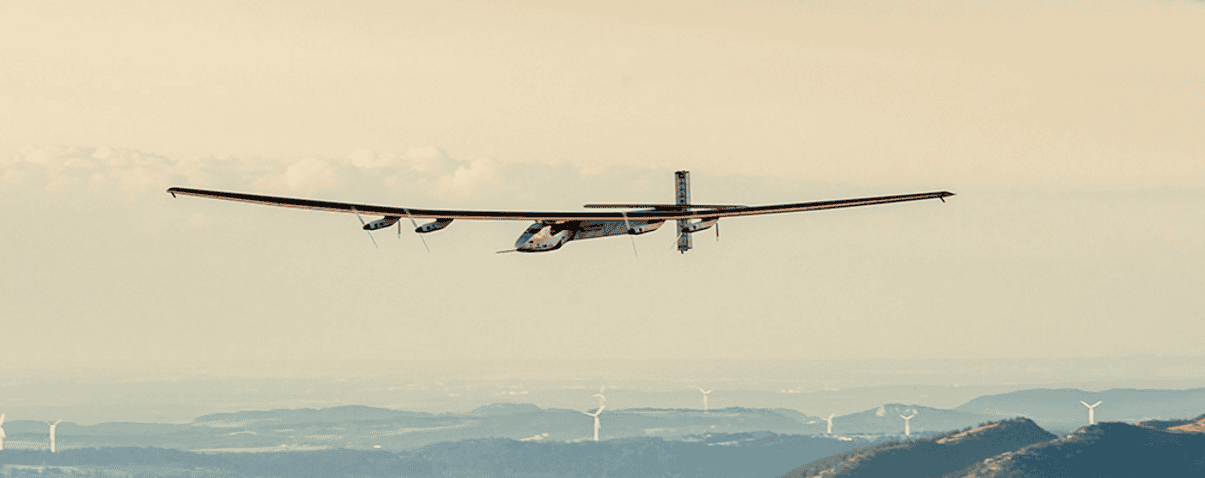The zero-fuel ‘Solar Impulse’ plane departed Tulsa, Oklahoma, at 04:22 local time (09:22 GMT) and is currently on its way to Dayton, Ohio – representing the 12th stage of its circumnavigation of the globe after flying from San Francisco to Phoenix and Phoenix to Tulsa.
The 1,100km journey should take Swiss pilot André Borschberg around 17 hours and 30 minutes to complete.
The team choose Dayton as a landing point because of its rich history of aviation – it is the city where the Wright Brothers lived, developed their ideas and built their first airplanes.
They said: “Solar Impulse has spent the past month crossing the United States, the country of pioneers and now they will be landing in Dayton, a symbolic destination.”

The team wants to demonstrate that “clean technologies can achieve impossible goals.”
BREAKING! @andreborschberg just tookoff from #Tulsa and flies to #Dayton without fuel #futureisclean pic.twitter.com/MrCCS14zPq
— SOLAR IMPULSE (@solarimpulse) May 21, 2016
Off to #Dayton! 18 hours without a drop of fuel. And they said it would be impossible… Look at #solarimpulse now pic.twitter.com/0syOGAY8dD
— André Borschberg (@andreborschberg) May 21, 2016
Last year André Borschberg and Bertrand Piccard set out to achieve the first round-the-world solar flight, “powered only by the sun, with no fuel or polluting emissions.”
The first leg began in March 2015 in Abu Dhabi and a few months later, in June, André Borschberg completed a 5-day 5-night non-stop record-breaking solo flight from Japan to Hawaii, using only the power of the sun.
The aeroplane is scheduled to land in New York sometime over the next couple of weeks before crossing the Atlantic to return to Abu Dhabi, UAE.
The aeroplane has a wingspan of 236 feet (exceeding that of a Boeing 747), weighs just 5,070 pounds, but is slower than most aircraft powered by gas-turbine engines – averaging speeds of approximately 56 mph.
